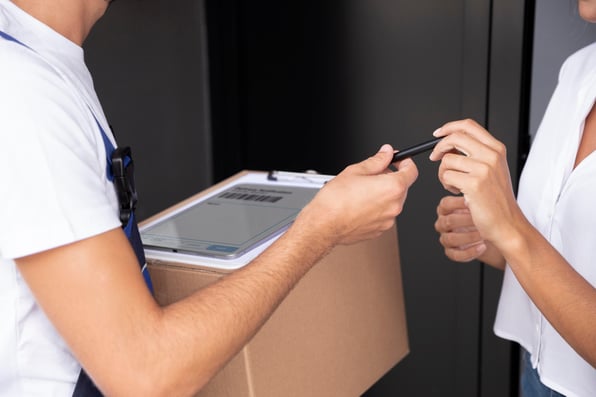
Best practices in CMMS
Ciprian Chiripuci

A computerized maintenance management system (CMMS) is a software program that helps organizations manage and maintain their assets, equipment and facilities. A well-implemented CMMS can improve maintenance operations and increase efficiency while reducing costs. Let’s explore the best practices for using a CMMS effectively.
Develop a comprehensive asset inventory
First step in implementing a CMMS is to develop a comprehensive asset inventory that includes all the equipment, facilities and other assets that require maintenance. Inventory should include details such as the asset type, location, maintenance requirements and expected lifespan.
Standardize maintenance processes
This is essential for ensuring consistency and reducing errors. A well-designed CMMS should include standard procedures and checklists for each maintenance task, which can be easily accessed and followed by maintenance technicians.
Establish preventative maintenance schedules
Preventative maintenance is the key to reducing downtime, extending lifespan of equipment and ensuring reliability. A good computerized maintenance management system should include preventive maintenance schedules that are based on the asset's criticality, lifespan and usage.
Utilize mobile access
Mobile access to the CMMS system allows maintenance technicians to access work orders, checklists and other information from anywhere, at any time. This capability can increase efficiency and productivity by allowing technicians to work remotely and reduce the time required to complete maintenance tasks.
Use data to drive decision-making
A well-designed CMMS should provide real-time data on asset performance, maintenance history and other key metrics. This data can be used to identify trends, make data-driven decisions and optimize maintenance operations.
Integrate with other systems
Integrating CMMS with other systems, such as procurement, accounting and inventory management, can streamline processes and reduce errors. For example, integrating CMMS with the inventory management system can help ensure that the required parts are always available when needed.
Invest in training and support
Investing in training and support for computerized maintenance management system users is essential for ensuring that the system is used effectively and to its fullest potential. A well-designed CMMS should provide training resources and technical support to help users navigate the system and address any issues that arise.
In conclusion, a well-implemented computerized maintenance management system by following the best practices can improve maintenance operations, increase efficiency and reduce costs.
Related posts
Here are some resources to help you get more out of your assets


Ciprian Chiripuci
Truck Sealing in Delivery Logistics: Definition, Benefits and Best Practices

Ciprian Chiripuci
Mastering that Last Mile
READY TO TALK?